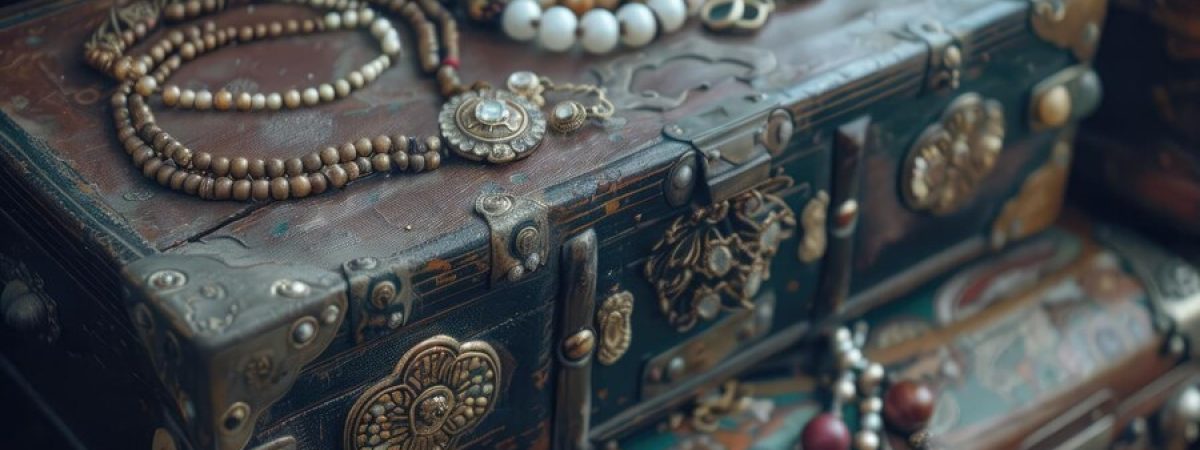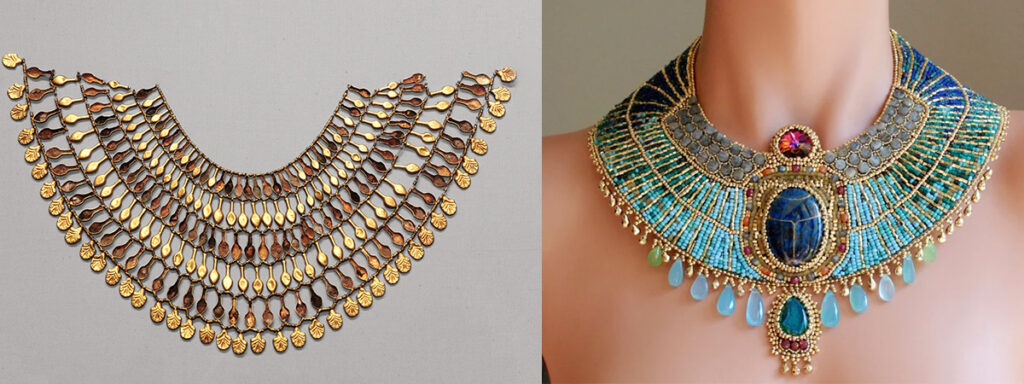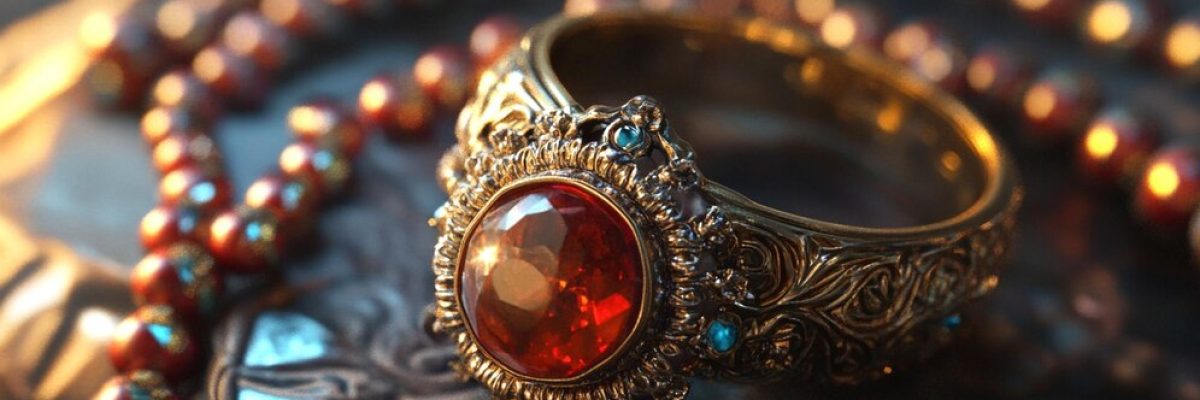
Jewelry, an art form that transcends time and culture, has played a pivotal role in human societies for millennia. From ancient adornments to contemporary masterpieces, jewelry reflects a complex tapestry of cultural, social, and economic influences. This article traces the evolution of jewelry design, exploring key eras, styles, and iconic designers who have shaped the industry.
Ancient Jewelry:-
Jewelry has served as a potent symbol of art, religion, societal status, and personal relationships throughout history. Even in ancient times, without the advanced technologies we have today, jewelry was meticulously crafted and often laden with symbolic meaning. This exploration delves into the jewelry of ancient civilizations, focusing on their intricate designs and cultural significance.
Ancient Egypt:-
Jewelry in ancient Egypt was a powerful symbol of status and religious belief. Pharaohs and high-ranking officials adorned themselves with intricate golden pieces that included signet rings, collar necklaces, and elaborate headdresses. These items were not merely decorative but also held symbolic meaning.
- Design and Symbolism : Egyptian jewelry often featured amulets and charms believed to offer protection and favor from the gods. Popular designs included the ankh (symbol of life), scarabs (symbolizing rebirth and protection), and the Eye of Horus (symbol of health and protection). Queen Cleopatra’s fondness for emeralds is legendary, reflecting her status and the value placed on precious stones.
- Materials and Techniques : Gold was the preferred metal due to its association with the divine and its durability. Techniques such as cloisonné (inlaying stones in metal) and repoussé (shaping metal by hammering) were used to create detailed and ornate designs.

Middle Ages and Renaissance:-
Throughout history, jewelry trends have been shaped by a myriad of influences, including religious and political shifts. The Middle Ages and Renaissance, in particular, saw profound changes in jewelry design, driven largely by the Catholic Church and the resurgence of classical art and culture.
The Middle Ages saw a shift in jewelry design influenced heavily by religious and political factors. Jewelry became a symbol of faith and authority, with designs often reflecting the values and beliefs of the time.
- Design and Symbolism: Religious motifs dominated the era, with crosses, saints, and other spiritual imagery featured prominently in jewelry. Brooches and rings were especially popular, often used to signify religious devotion or personal status.
- Materials and Techniques : Gold and silver continued to be the primary materials, with the addition of gemstones like garnets and pearls. Techniques such as enameling became popular, adding color and detail to the designs.

Renaissance :-
The Renaissance was a period of great artistic and cultural advancement, and these changes were reflected in the era’s jewelry. The renewed interest in classical antiquity and humanism led to more elaborate and expressive designs.
- Artistic Flourish : Renaissance jewelry featured intricate and ornate designs, inspired by classical motifs and the artistic innovations of the time. The use of colorful gemstones and detailed craftsmanship became prominent, reflecting the period’s emphasis on beauty and artistic expression. Designs often included allegorical figures, cherubs, and intricate filigree work.

Modern Trends:-
The 19th and early 20th centuries saw the rise of new trends and technological advancements in jewelry design, reflecting the changing tastes and innovations of the time.
- Design Evolution : The Victorian era introduced sentimental and mourning jewelry, including lockets and pieces with hairwork. Art Nouveau and Art Deco periods brought new styles, with Art Nouveau emphasizing organic forms and flowing lines, and Art Deco focusing on geometric shapes and luxury materials.
- Materials and Techniques : Advances in materials and techniques included the introduction of synthetic gemstones, platinum settings, and innovative cutting methods. These developments allowed for more intricate and varied designs.
The history of jewelry design is as intricate and dynamic as the pieces themselves, evolving continuously over thousands of years. Just as humanity has progressed, so too has the design process, with constant innovations and new techniques shaping the industry. At Arundhati jewellers, we have been at the forefront of these changes for over twenty years. Our experienced team is dedicated to staying ahead of the curve, embracing the latest trends and technologies to craft exceptional jewelry.
Whether you’re envisioning a unique line of jewelry or seeking to explore new design possibilities, Arundhati jewellers is here to bring your dreams to life. Contact us today to discover how we can collaborate to create the jewelry collection you’ve always imagined.
